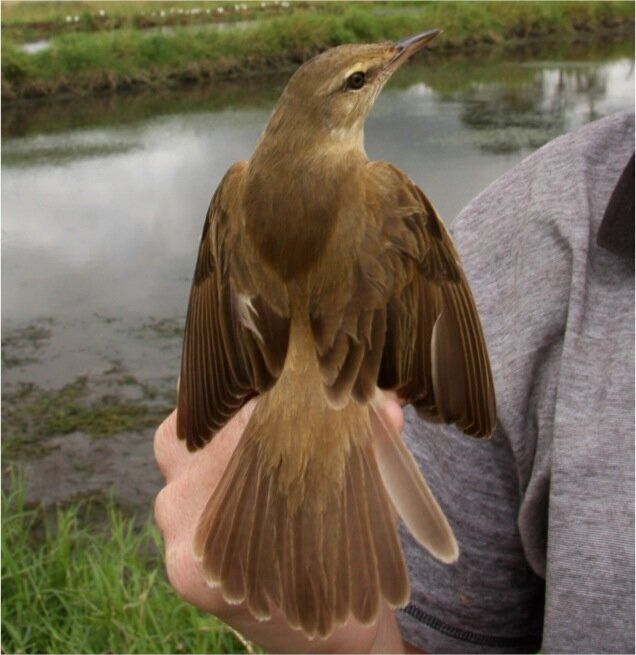

*Marjorie Sorensen [2010] is doing a PhD in Zoology at the University of Cambridge where she is a Gates Cambridge Scholar.
Migratory birds make seemingly impossible journeys thousands of kilometres long. They cross oceans, high mountains and barren deserts to exploit the northern summer bounty and raise their hungry chicks. The most extreme traveller, the Eastern Bar-tailed Godwit, covers 17,000 km in 14 days of flight: eight days non-stop from New Zealand to China where they briefly rest and refuel, and another five-day flight to reach their Alaskan breeding grounds. These travels make even our most feared ultra-marathons look rather unimpressive: to equal the Godwits' feat, a human would have to run at over 70 km/hr for two weeks.
Sadly, these long distance specialists are in a state of serious population decline. For example, in the European-African migratory system most long distance migratory bird species, from songbirds to shorebirds, have declined rapidly and consistently since the 1960s. The Wood Warbler has declined by 60% in the UK just since 1995. In contrast, resident species, which brave the cold European winters, have had stable populations over the same time period. But what's most troubling is that the reasons for these declines are largely unknown. And because long distance migrants occupy such diverse parts of the globe, we don't know where the source of these declines might be: are they in Europe, during migration, or on the wintering grounds in Africa?
Breeding success
One reason for this gap in our knowledge is the difficulty of tracking migrants year round. Of course, we've come a long way since Aristotle's time when Barn Swallows were thought to bury themselves in the mud at the bottom of ponds during the winter. Yet it is easy to imagine the logistic hurdles of tracking an eight-gram Willow Warbler as it migrates south across the Sahara desert. As a result, the overwhelming majority of our knowledge comes from studies on the northern hemisphere breeding grounds, when nests can be found and breeding success measured by counting successfully reared chicks. While this information is hugely important for understanding population dynamics, the fact is that long distance migrants spend over 60% of the year thousands of kilometres away from Europe, either on migration or in Africa.
Widespread population declines in trans-Saharan migrants have been a call to action for understanding the factors at work in Africa. The problems faced by migratory birds in Europe are relatively well known, but for many species factors during the breeding season (such as habitat destruction) don't fully explain the observed population declines. A number of recent initiatives are now focussing on the lives of long-distance migrants outside Europe. The British Trust for Ornithology has begun a satellite tracking project of European cuckoos, made possible by the recent development of five gram solar powered satellite transmitters which are light enough for cuckoos to carry on their journeys. Cuckoos in England have declined by over half in the last 25 years meaning the beloved "coo-coo" call is disappearing from the landscape. This project is an effort to understand their migration routes and where in Africa they spend the winter. Each tracked cuckoo has a blog where daily updates on their progress are posted.
Willow Warblers
Similarly, a joint Royal Society for the Protection of Birds (RSPB) and BTO project in Burkina Faso and Ghana aims to advance our knowledge of how, when, and where birds are using their African wintering grounds. My own work is based in Zambia, where I study wintering Great Reed and Willow Warblers. I use radio telemetry, stable isotope analysis and physiological measures of condition to determine how movement, habitat quality, and behaviour contribute to individual over winter success in Africa. In practice this means I divide my time between untangling bird nets from thickets of African thorn trees and measuring out tiny aliquots of hormones in collaborators' labs in several European countries.
The quest to understand the double lives of long distance migrants is still very much in its early days. But the various initiatives beginning now will no doubt result in a better understanding of the challenges many familiar European birds face during their fascinating other lives in Africa.
And for these astounding globetrotting birds, any information that can help focus conservation resources can't come too soon.
